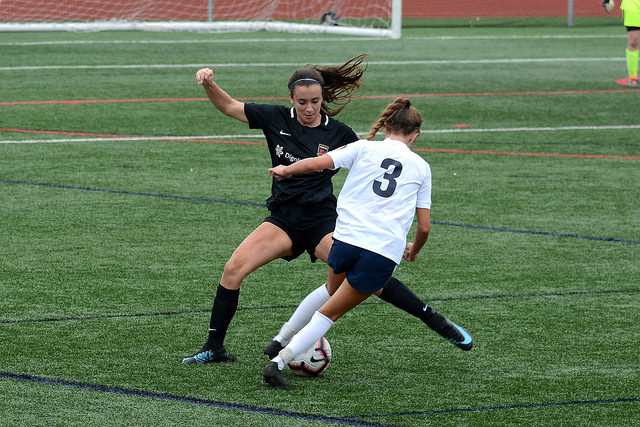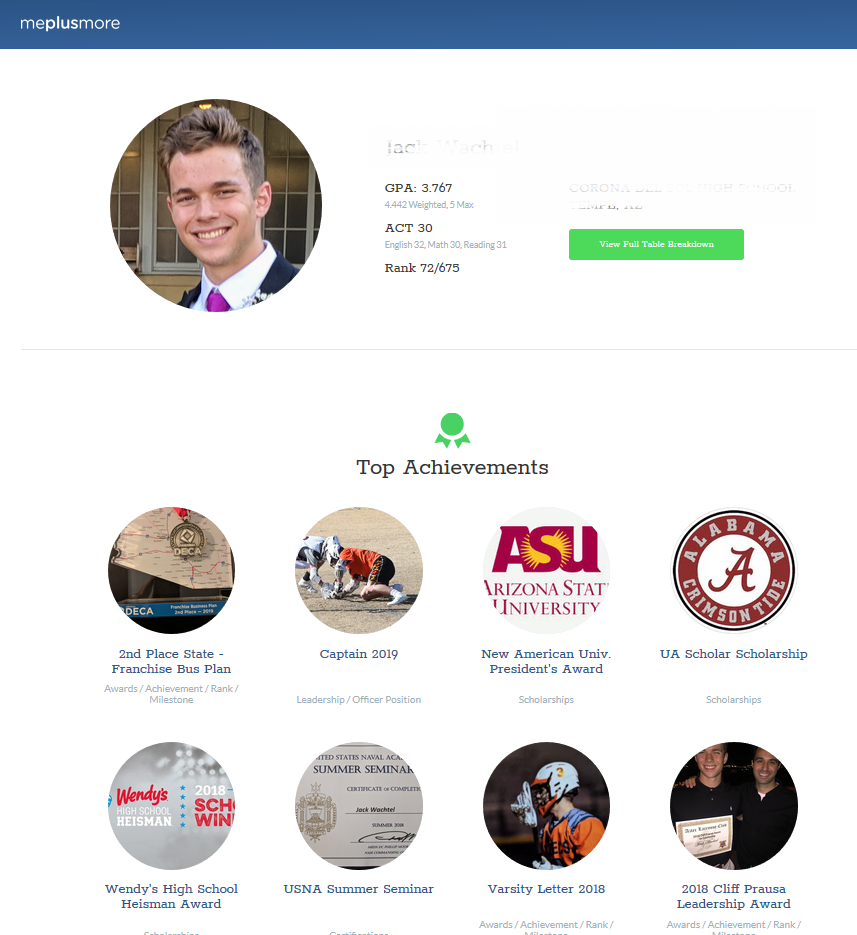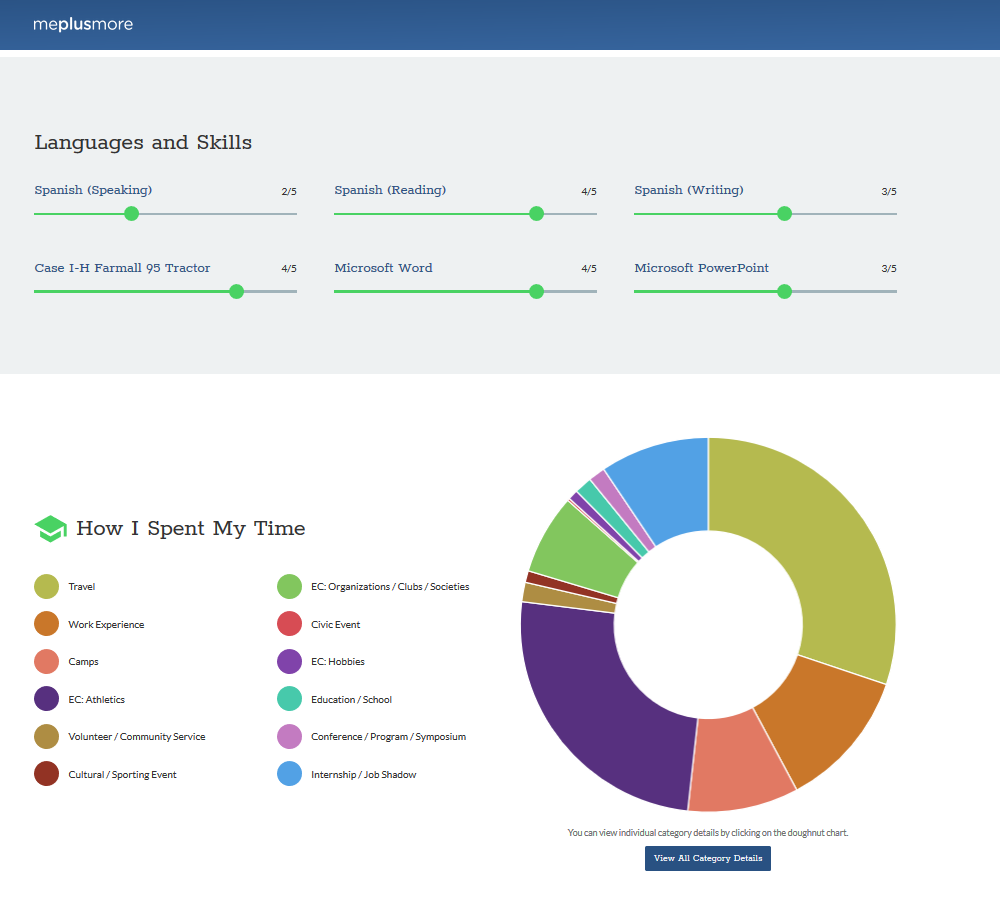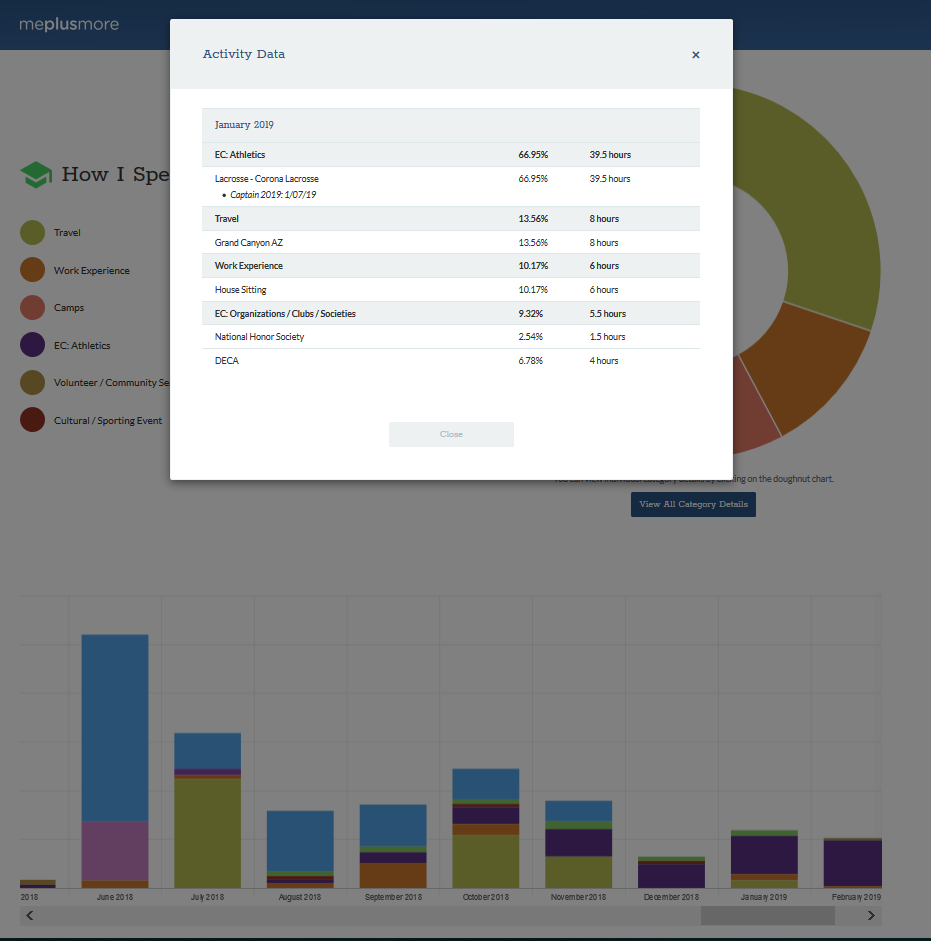Between the NCAA DI and DII, National Association of Intercollegiate Athletics (NAIA), National Junior College Athletic Association (NJCAA), and a few other 4 year programs there was approximately $4 billion dollars in athletic scholarships awarded last year. Adding in all financial assistance to college athletes pushes that total to over $11 billion dollars awarded to nearly 600,000 student athletes (www.ScholarshipStats.com).
If your student athlete is passionate about their sport, they want to continue to play in college, and their ability would allow them to do so, there are a few steps a parent needs to take early in their student’s high school career to start the process to both play and potentially be awarded scholarships.

Start communicating with college coaches. College coaches and staff for most sports are not allowed to contact your student directly before a certain date, usually sometime in your student’s junior year. However, your student is allowed to reach out to coaches beginning as early as freshman year in high school. College coaches are regularly attending showcases, meets, tournaments and games observing student athletes across all grade levels. Coaches want to know what their options are to fill their roster, and generally have an idea by the time a student enters their junior year if they might be a fit for their athletic program. Communicating with them demonstrates that your student is interested in their program and college, keeps your student front of mind, and provides coaches specific information about where they can see them compete, as well as who they are. If your student remains a mystery to them until their junior year there may be fewer options available.
When your student sends an email they need to provide information about their schedule, field location, position, jersey #, coach’s contact info, their contact information, and key stats. An efficient way to provide much of this information is to include a resume or link to a portfolio. Track with a spreadsheet who your student has contacted, dates of contact, and include notes related to why they reached out (e.g. they were listed as attending a showcase or tournament).
Make sure your portfolio shows coaches that your student is more than a 1 dimensional athlete. Apart from what you do on the field or court, coaches want to know that your student is someone who can make the college and most importantly the team look good. Coaches want athletes with character and a strong work ethic. Someone who’s attitude will elevate and motivate their team when things aren’t going in the right direction.
When communicating with coaches include as an attachment or link to your digital portfolio that shows the complete picture of your extracurricular activities. In addition to the time you are putting into your athletics, show the amount of time you spend volunteering, your club involvement, hobbies or work hours, and the awards and achievements you have earned.



Create an account or profile on the NCAA’s Eligibility Center (www.eligibilitycenter.com). A student needs to be certified by the NCAA to play at a Division I or II college. While this site addresses academic and amateur status requirements for these colleges, creating an account or profile will also benefit the student as they consider Division III, NAIA or NJCAA colleges. Knowing and following the rules, and having your NCAA ID number if needed, can help speed up the process for both the coach and athlete.
Makes sure your student is performing well academically. For NCAA Division I and II schools there are a limited number of ‘head count’ or full scholarships available to students in specific sports. These sports include football, men’s/women’s basketball, women’s gymnastics, tennis and volleyball. The remaining sports, or ‘equivalency sports,’ at NCAA Division I and II colleges allow coaches to create a pool of scholarship money that they can divide up amongst their team. The combination of merit scholarships awarded by the college based on academics and/or test scores, plus a partial athletic scholarship, can often cover most college expenses. Both NAIA and NJCAA colleges also offer full and partial scholarships. Similarly, there are only a few full scholarships so applying with solid academic performance will increase the chances of additional financial assistance.
Most importantly, the NCAA academic/test requirements do not reflect the specific college’s academic or test requirements. A student’s academic and standardized test performance must fall within the requirements applied to the general population of applicants to that college to be considered for admission. Ultimately, the education your student receives in college should be as important if not more important than the sport they get to participate in. Preparing for the rigors of being a college student athlete begins with academic performance in high school.
There are a number of subscription-based athletic recruiting web sites. These sites allow your student to create a profile, create, upload or link to video highlights, search for colleges based on specific filters, and email functionality to communicate with college coaches. Coaches can also search/view profiles on some of these site. Doing a search brings up quite a few listings with varying degrees of functionality for these types of sites. It’s hard to determine which if any offer the focus you can achieve if you put a little bit more time into the process and DIY.
For example, there are many free web sites that allow you to search for colleges (See this blog post). Additionally, if you don’t want to pay a monthly fee, you can easily search on the specific school/athletic program and find each coach’s contact information and the athletic programs recruitment questionnaire if available. Creating video highlights can be as easy as posting a series of clips to YouTube and sharing the channel or specific video’s URL.
A student athlete also needs periodic feedback from their high school or club coaches to help them align their abilities with available college athletic programs. You might not play D1 lacrosse at University of Maryland but could at University of Utah. This feedback, and any feedback from college coaches when you’re able to communicate with them, will help narrow down the college list. Finally, parents and students need to have multiple options for college and understand what costs will be incurred with our without athletic and available merit-based scholarships.
